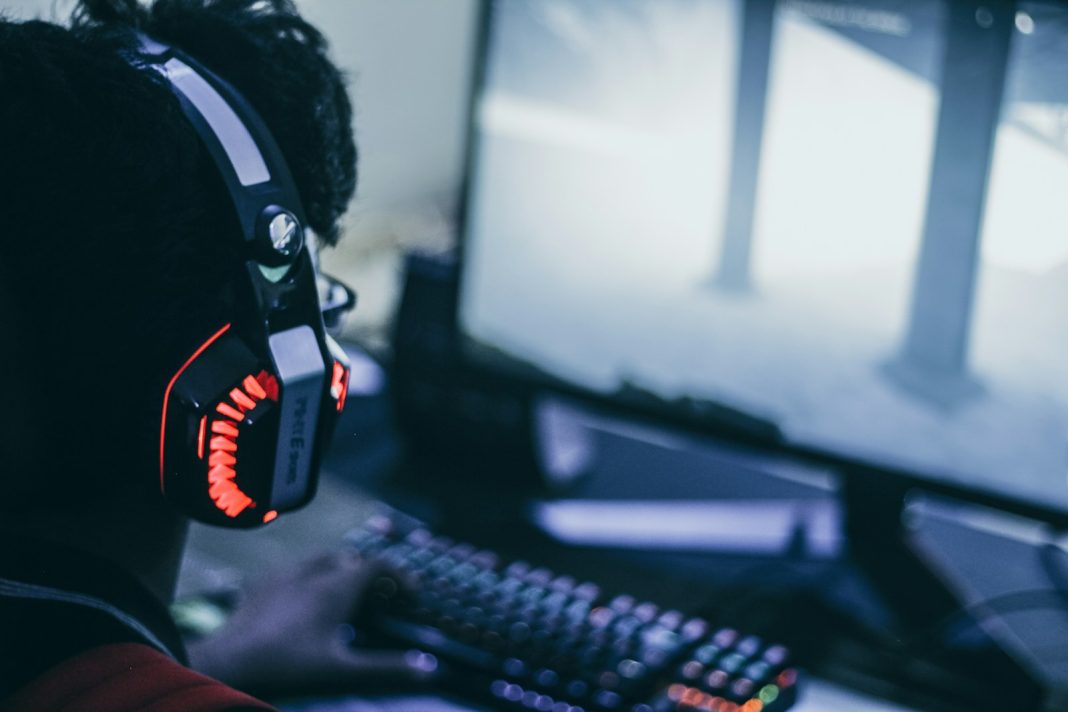In the immersive world of video games, a new study warns that players may be unknowingly endangering their hearing by cranking up the volume to unsafe levels. The study, published in BMJ Public Health, reveals that extended exposure to high volumes during gaming sessions could lead to irreversible hearing loss or the persistent annoyance of tinnitus, a ringing sensation in the ears.
The comprehensive review, analysing 14 studies encompassing over 50,000 participants, sheds light on a potential health concern that has largely gone unnoticed. The researchers urge for increased public health efforts to educate gamers about the risks associated with prolonged exposure to elevated sound levels, drawing parallels with campaigns targeting live music enthusiasts and headphone users.
While the solution may seem as simple as reducing the volume during gameplay, the study suggests that the real issue lies in the duration of time spent in this sonorous virtual realm. The World Health Organization (WHO) sets guidelines, asserting that adults can safely endure 80 decibels (dB) for up to 40 hours weekly, roughly equivalent to the sound of a doorbell. However, beyond this threshold, the permissible exposure to noise diminishes significantly.
For adults, WHO recommends listening to 85dB for a maximum of four hours per week and 90dB for just over an hour. The guidelines are even more stringent for children. The study highlights the potential danger by citing headphone noise levels in certain shooting games, ranging from 88.5 to 91.2dB, with impulse sounds, like gunfire, peaking at a staggering 119dB.
Interestingly, the research unveils a gender disparity in gaming habits, with boys reported to engage in lengthier and louder gaming sessions compared to their female counterparts, as evidenced by three distinct studies. While some correlations between gaming and hearing loss were found, the study concedes that more robust research is needed to establish a definitive link, considering factors such as e-sports, geographic location, gender, and age.
The authors acknowledge the evolving landscape of the gaming industry, with studies dating back to the 1990s reflecting a vastly different gaming environment. Surprisingly, only two studies in the last decade objectively measured sound levels from video games or gaming centres, common in Asia, resembling video game arcades.
Despite the need for further research, the study suggests that gaming may represent a prevalent source of unsafe listening habits. The authors advocate for targeted interventions, emphasizing education and awareness campaigns aimed at mitigating potential risks associated with gaming.
In response to the findings, the gaming industry body Ukie stressed its ongoing encouragement for players to use headphones within safe limits. However, the organization refrained from commenting further on the study.
To assist gamers in protecting their hearing, the study provides practical tips, including reducing the volume to 50%, taking regular breaks of at least 5 minutes every hour, and using noise-cancelling headphones when gaming in noisy environments. These guidelines, if followed, could help gamers strike a balance between their passion for virtual adventures and the preservation of their auditory health.


